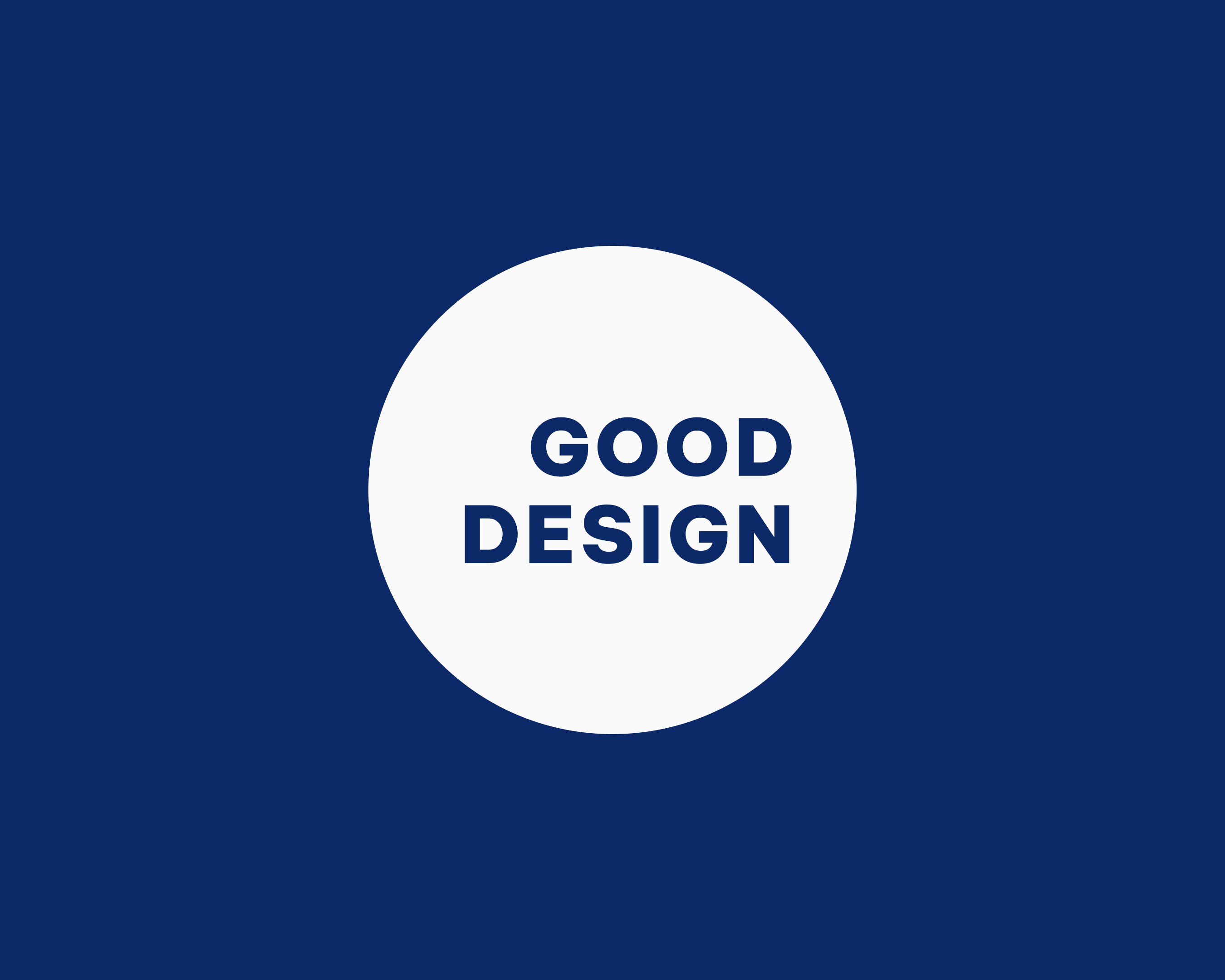
Introducing a radical piano redesign by Dan Harden

Elemental design—there is something intriguing about the integral qualities that make a design function. Uncompromised, precise, and authentic, these forms necessitate respect to achieve a desired result. Acoustic instruments have been crafted with this care for centuries and have remained unwavering from pop culture for their rich tonalities and emotive significance as a result. Most acoustic instruments are self-explanatory in the sense that audiences can see the action being performed to produce sound. Like the beat of a drum or the strum of a guitar, both have a clear cause and effect. However, instruments like the piano hold an air of mystery.
Since the 1700s, the concept of the piano (pianoforte and beyond) has lasted the test of time for its tried-and-true mechanics and physical form. With 88 keys, three pedals, and roughly 230 metal strings taut with 18 tons of tension, recreating the piano’s form while keeping its tonality is a feat. When our CEO and Founder, Dan Harden, had the creative urge to redesign something as deeply cultural as the piano, he tackled the joy of amending its shape and sentiment in turn. Inspired by the enigma of the reimagined piano while rooting itself in the instrument’s history, Ravenchord honors its rich heritage at a new tempo. Like the bird, “Raven” attests to the cleverness of the instrument, leaving the latter part of the name, “chord,” derived from past piano lineages, such as the clavichord or harpsichord.
The biggest challenge of the design was the piano’s encumbering string layout. For practicality, Harden knew that the instrument must maintain the same familiarity and ergonomics of a traditional piano. Therefore, its anatomy had to change. Rather than have the strings stretch out in front of the player, like a grand piano, or have the strings raised and blocking the performer’s face, like an upright piano, Harden maneuvered these around the front of the instrument—bearing a resemblance to the shape of a bird wing.

Ravenchord’s edifice is as distinctive and aesthetically pleasing as it is logical. The strings are arranged based on pitch and organized to sprawl in a spiral-like shape around the front of the piano. As the pianist plays, audiences can see the hammers, dampers, and other inner workings move in real-time, exposing the magic of the piano’s timeless sound. These components sit on the center spine and are activated by solenoids, a proven technology even used on some Spirio Steinways. Thus, the design is communicative of the piano’s rich identity and successively more expressive by revealing its inner workings and extraordinary function. It liberates the instrument.
All experiences are richer when they are multi-sensory. Ravenchord’s front-facing configuration transforms the piano into a fresh, emotive, logical being, providing an added layer of dimension to each performance. Like an electric keyboard, players are visible to the audience and are able to use Ravenchord as an extension of their emotions. For added aesthetic, there is an optional subtle light behind each string that illuminates as the hammers strike. This places clear visuals on the function of the instrument, making the overall sensory experience grander with sound amplified by sight. Ultimately, the vulnerability of the exposed instrument and performer bridges the visual disconnect from the piano’s past.
“Ravenchord’s front-facing configuration transforms the piano into a fresh, emotive, logical being, providing an added layer of dimension to each performance.”
-Dan Harden, Designer
Visibly and aurally unrestrained, Ravenchord’s frontward projection offers a pure tone without the hindrance of reflecting sound via a piano lid or releasing through its floor. Like an average piano, the lacquered, hardwood frame can be removed for proper tuning, and the key deck remains at the standard 30” height. The design plays with the confines of a traditional acoustic frame at 84” long, 18” deep, and sitting at around 500 pounds. Moreover, the gloss-black, legless, diecast steel string frame is compact, making Ravenchord lighter, easier to move, and more convenient to fit in the home.

“The whole idea of actualizing a cultural pursuit has been a joy for me because it’s not solving a problem for a client or a current everyday problem,” says Harden. “Music is one of the greatest joys of life, and to design around that is very satisfying. Furthermore, to design something of beauty is immensely empowering, and I cannot think of a better product category than music in order to express that.”
Ravenchord was prompted with the most honest representation of a piano at heart to maintain the integrity of the instrument and honor its function for the finest sound. Keeping these elements in harmony created a frontward projection format, and this radical redesign is not lost on Harden, but rather, is used to enhance the dynamic experience.
He states, “Sometimes when one is designing, it is a product to solve a client problem that maybe only 1% of the population, or less, are going to see, use, or appreciate. But no matter where you are in the world, everyone knows what a piano is. Everybody loves music. Everybody wants to play the piano. So, if Ravenchord, through its design, can stimulate one to play or visit the symphony, it leaves a positive impact on society.”
Granting the piano product category a new life, audiences will appreciate the instrument in a fresh light, watching its intricacies of it unfold, hearing a purer sound, and emotionally engaging with the performer.

Ravenchord is a concept prototype by Dan Harden, a proud contribution to the music industry, and a nod to another part of his legacy–the Whipsaw Design Lab (WDL). WDL acts as a creative space for Whipsaw industrial designers to be inventive and expand their horizons without the constraints of a second party. Fusing this with the love of music attests to the power of design liberation.